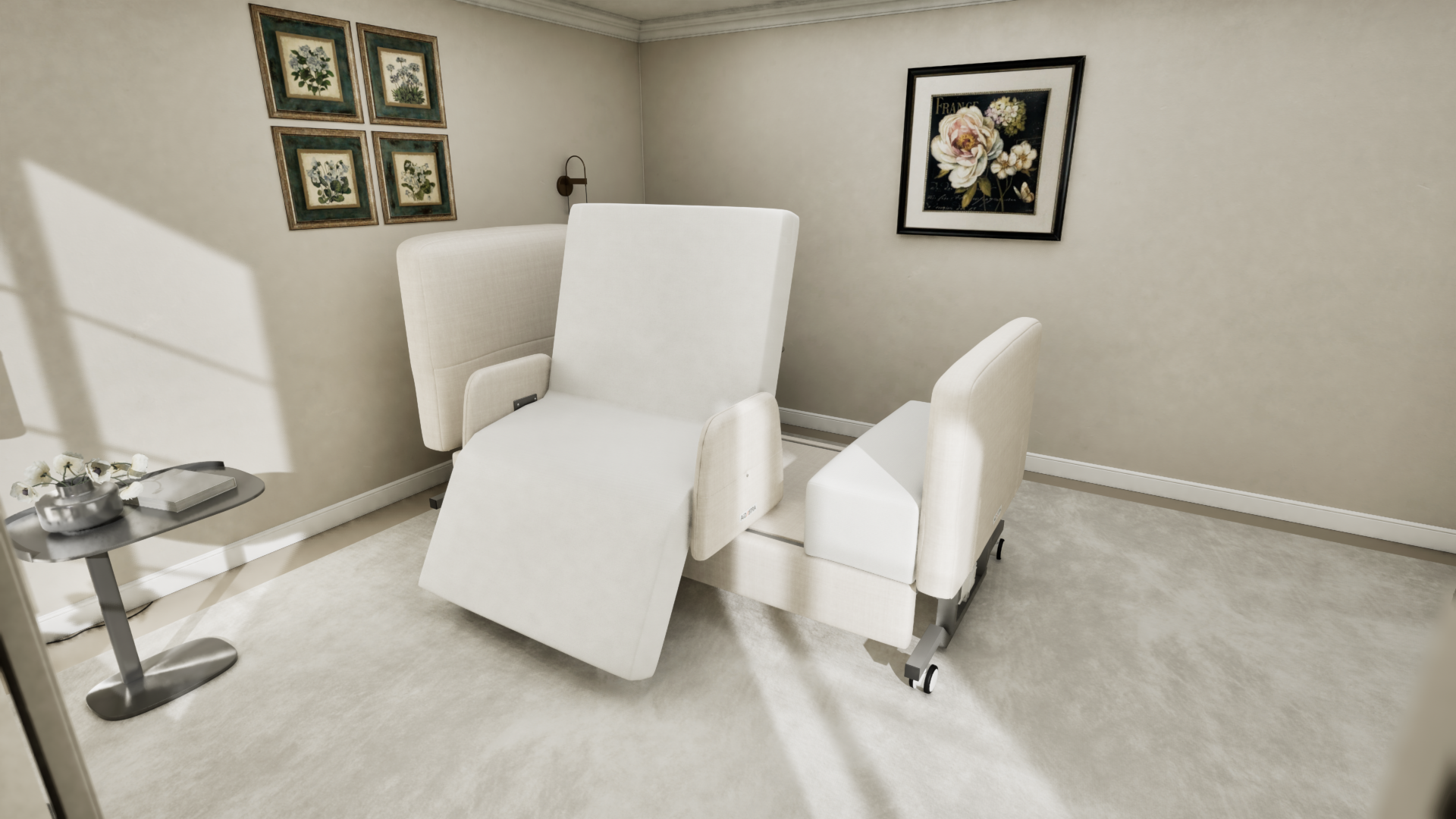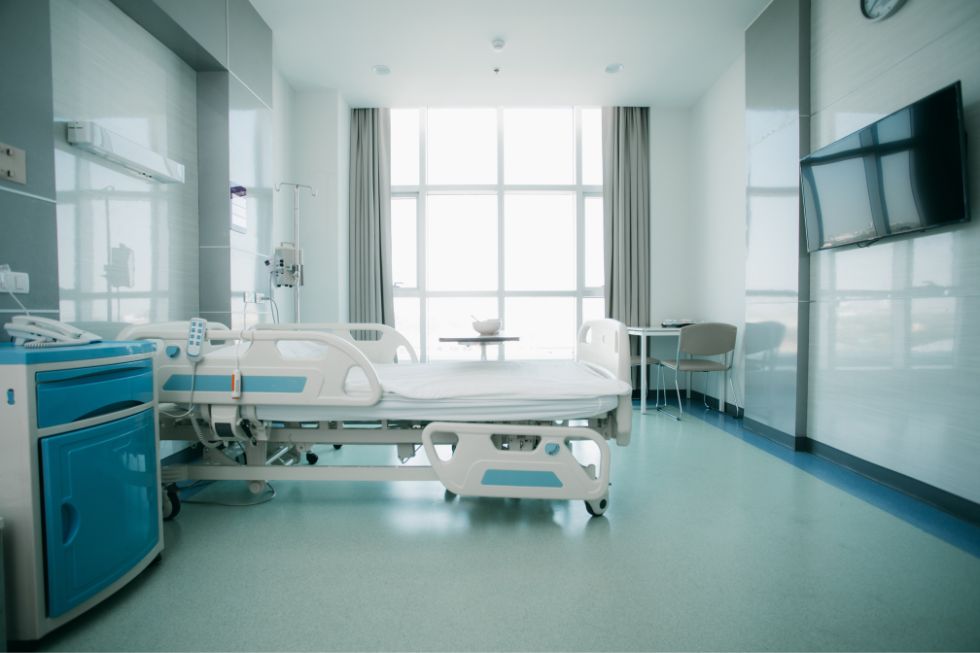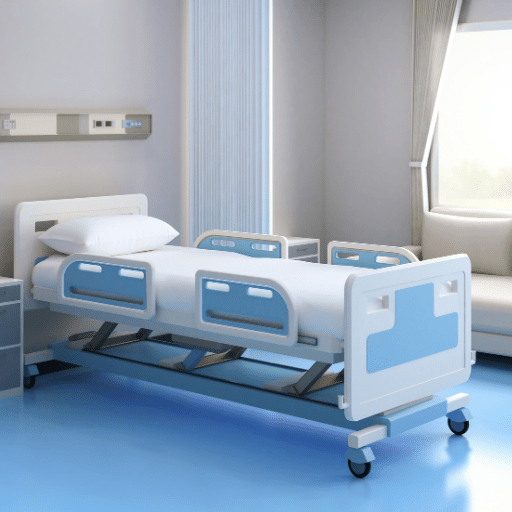Some Of Hospital Beds For Home Use
Some Of Hospital Beds For Home Use
Blog Article
Hospital Beds For Home Use Fundamentals Explained
Table of ContentsWhat Does Hospital Beds For Home Use Mean?Rumored Buzz on Hospital Beds For Home Use6 Easy Facts About Hospital Beds For Home Use DescribedSee This Report on Hospital Beds For Home UseLittle Known Facts About Hospital Beds For Home Use.Hospital Beds For Home Use - An OverviewExcitement About Hospital Beds For Home Use
There are three major types of medical facility beds: handbook, semi-electric, and fully-electric. These beds use hand cranks to adjust the bed's height and elevate and lower the head and the foot.
Semi-electric beds have an electric motor to raise and reduce the head and foot portions of the bed. Patients and caretakers change the placing by pressing buttons using a hand necklace. The height of the bed is changed by hand with a hand crank. Full-electric beds have an electrical motor that can elevate the head and foot areas of the bed as well as the entire height and positioning of the bed.
Not known Facts About Hospital Beds For Home Use
There are numerous kinds of hospital beds, each designed to meet specific client needs. Here are some common types: This is the most typical kind of medical facility bed, designed for general clinical use.
Lower to the ground than a typical bed. This type of bed is designed for bigger clients, with a wider structure and higher weight capacity than a standard bed. This kind of bed is developed specifically for youngsters, with smaller sizes than a typical bed. Unique attributes such as complete size side rails and cartoon style.
This sort of bed is designed for critically ill people that require open tracking and specialized medical equipment such as ventilators and infusion pumps. This type of bed is made for use during labor and delivery, with flexible settings and attributes to support the mommy and baby throughout the birth procedure.
The Buzz on Hospital Beds For Home Use
Several function and the devices execute increasing traction to different components of the vertebra and the extremities without moving the human body. These are simply a couple of examples of the kinds of medical facility beds available. The details kind of bed used will certainly depend upon the client's problem, medical needs, and various other aspects.
Here is the important things you require to know. A one-function health center bed is a medical bed that allows a person to move just the head or foot section up or down. A 2 feature health center bed commonly refers to a kind of medical bed that has two flexible features to help people in hospitals or treatment centers.

How Hospital Beds For Home Use can Save You Time, Stress, and Money.
A 7-function ICU bed is a sort of clinical bed that provides a number of flexible features to support critically unwell people in an extensive treatment unit (ICU) (hospital beds for home use). The 7 features commonly consist of: Backrest change: The back-rest can be adapted to numerous angles to assist the client stay up or relax easily
Height change: The bed can be elevated or decreased to make it less complicated for people to get in and out of bed, and for caregivers to offer care. Trendelenburg position: The entire bed can be slanted to promote blood flow and circulation in the body. Reverse Trendelenburg setting: The bed can likewise be tilted in the opposite instructions to advertise blood circulation and blood circulation in the top body.
While more budget friendly than electric models, these beds need physical initiative for changes. The main advantages of manual beds are their price and reliability, as they do not count on electrical energy. However, the demand for hand-operated effort can be a limitation in scenarios where quick adjustments are required or where caregivers deal with physical challenges.
The Only Guide to Hospital Beds For Home Use
Semi-electric health center beds offer an equilibrium of manual and electric controls. These beds offer a suitable center ground in between guidebook and totally electrical alternatives, using simplicity of usage without the complete expense of electric models.
Semi-electric beds are appropriate for individuals who need modest modifications to the head and foot areas however can take care of without frequent elevation adjustments. This makes them a cost-effective solution for those looking for convenience and benefit without the requirement for continuous repositioning. Fully electric medical facility beds feature electric controls for smooth modifications to the height, head, and foot areas.
Specialized medical facility beds, such as ICU beds, long-term treatment beds, and bariatric beds, are very carefully made to attend to particular clinical requirements. These beds provide tailored take care of diverse person teams, improving both end results and convenience. In the following sections, we will explore the primary types of specialized healthcare Visit Website facility beds, outlining their particular benefits and applications.
With years of experience in making electric straight actuators - hospital beds for home use and close partnership with the healthcare sector, TiMOTION is well-positioned to offer reliable health care solutions. Our up and down integrated business takes care of every step of the manufacturing process, from layout to actuator assembly, guaranteeing we provide phenomenal value and tailored solutions customized to your specific requirements
Some Known Details About Hospital Beds For Home Use

To find out more about incorporating these technologies right into your items, contact us today. Additional reading:.
Data is sourced from the Medicare Cost Record.

The Main Principles Of Hospital Beds For Home Use
A hospital bed is a bed made specifically for medical purposes. It is not just an area for people to relax, but likewise a system for medical operations. Unlike common home beds, medical facility beds generally have flexible functions, which can help with clinical staff to make different modifications according to the needs of people, such as changing the height, disposition, and assistance find more angle of the back and legs of the bed.
Report this page